*from BrochsWhat is a broch?
A typical broch stood from five to 13 metres high. It was a circular, two-storey, drystone, structure, accessed by a single door at ground level.
Inside was a main inner "chamber" from which smaller cells - either built into, or up against, the wall - branched off. A winding, stone staircase, housed within the broch's double walls, led upwards to elevated floors and finally the top of the structure.
Although, like the earlier roundhouses, it is possible that some brochs were no more than fortified dwellings, a widespread belief is that they had a defensive function and are characterised by immensely thick outer walls.
It is now believed, however, that, although defence may have played some part, they were more likely to have been built to impress - a monumental marker in the landscape, highlighting the owner's social status, wealth and power. (Absolute rubbish - imo - who, trying to survive in a bleak environment, build to impress?)
Orkney's brochs were feats of considerable architectural and engineering expertise, the key to which was the principle of double-skinned walls. (Maybe why they were so thick?)
Stronger and more stable than a single wall, the brochs had two parallel walls built with a hollow space between. These two outer "skins" were bonded at certain heights by stone lintel slabs - a method that allowed the broch's constructors to build to greater heights than could be achieved with solid walls. (So that's confirmed then, the reason for building such impressive constructions was architectural reasoning).
"To construct stable walls of such height, in unmortared masonry or undressed stones shaped only by splitting, called for an engineer's understanding of force and stress."
Dr Raymond Lamb
Please forgive my interjections, but one has to be so alert to what one is reading or your entire thinking can be influenced to the detriment.
I visited a Broch a few years ago. Once through the entrance it opened into a cavernous interior - but the living quarters were above this on platforms. In order to access the living quarters one had to back into the entranceway and turn sharp left (or perhaps right) into a circualr tight staircase. If you were an invader the cost of reaching those living quarters would have been high indeed.
The following is but a rambling stream of thought, I do love to ramble.
The Brochs of Scotland are stone ruins found throughout the highlands and islands of Scotland. At some point, someone, somewhere, declared them to be iron-age forts and as is the way of academia this is the default position that everyone repeats. They are also commonly referred to as defensive structures, and it easy to see why, yet no-one can explain who they would be defending themselves from as a great many of the locations are overseeing coastal locations and the then (supposing iron-age) threat would have been the Romans who were inavading from the south and not by sea. Although it is accepted that Agricola, then Roman governor of the invaded Britain, sent a fleet to survey and map Scotland’s coast the Brochs are mostly small constructions more capable of sheltering extended families than whole communities fearful of invasion. Small isolated groups of people would not have been capable of constructing such fortifications in a short time scale, (an impending Roman attack we must defend ourselves), as the necessities of life, just living, would get in the way of a protracted building schedule.
Look at that concentration of red dots above.
Brochs Introduction
Some beautiful imagery in vid below, but nothing of real interest. If you want lovely scenery, watch; otherwise ignore.
I remember reading many years ago, and am quoting vaguely from that hazy memory, that one of the dating methods in establisihng the age of Brochs was from the refuse and remains found in and nearby the Brochs. It would certainly fit the pattern of dating often cited so I'll accept that memory as reasonable. The problem though is this within this memory there also lies the first I read of the Beaker people. (aka the Grooved-ware people).
Their remains, or more specifically, their distinctive potteries, were often found scattered throughout Broch sites. (I cannot verify this, it is but a memory which may be garbled). Accepted Archeology lists the Beaker folk as being Bronze age, which is a lo-oooong 2500 years before the supposed date of the Brochs. One of the distinctive markings of the Beaker potteries was a lozenge shaped design. More on that later*.
So, did the Broch builders select prior Beaker sites to build upon, or perhaps, were the builders actually the Beaker folk?
There could be a major flaw in the preceding two paragraphs in that my memory is entirely faulty but lets just stick with it for now. If the Broch builders chose previous building sites of the Beaker folk then just who were they.
For the moment resist the temptation to search the term "Beaker People/Folk". I've developed a lack of trust in established/accepted thinking as it is becoming increasingly apparent that everyone quotes from one another and few bother to really delve into something. Group-think is, alarmingly, the way of the majority. But there are huge swathes of data on them, in the accepted fashion of established data. (You get the pattern?)
not important
not important
Now lets skip backwards another 1,000 years give or take a century to Skara Brae
Skara Brae - LomasSkara Brae is one of the most fascinating prehistoric sites in Scotland. It is on the western facing, Atlantic coast of Orkney. The remains of this prehistoric settlement were found in 1850 after a particularly bad storm had ripped turf away from the sand dunes on the edge of Skaill Bay. The fury of the storm revealed the remains of a group of remarkable stone houses. For the first time in almost 5,000 years the village was once more exposed to the light of day.
Nobody is quite sure when Skara Brae was first inhabited, as it is clear from the excavations that the earliest of the surviving buildings (radio carbon dated to 3,215 BC) have been built on the foundations of much earlier ones.
Sharp-eyed readers will recognise the name Robert Lomas, author, or co-author, of many books such as...
The Invisible College
Freemasonry and the Birth of Modern Science
The Man Who Invented the Twentieth Century
The Hiram Key
The Second Messiah
Uriel's Machine (highly recommended by me)
The Book of Hiram
Mysteries of the Ancient World
The Holy Grail
The key point in the quote above, as I bolded it to stand out, was that the foundations of Skara Brae had been built on much earlier ones. We know so little about pre-history, (the time before HIS [HER if you prefer] STORY, or written records). I once suggested to a nephew that 'the problem with pre-history is that it is a five million piece jigsaw and you have a couple of hundred people running around today who have each found a few disparate pieces of that jigsaw - and they are adamantly trying to tell you what the whole picture looks like.
In the images of Skara Brae we can see a clear depiction of dry stone building, stones that have been split and stacked to form walls etc., exactly the same construction techniques of dry stone, split, stacking, that were used in the building of the Brochs.
Now, according to Uriel's Machine, and later independent work from Graham Hancock, there is a (good?) possibility that around 5,500 years ago there was a (mini?) catastrophe in the shape of a comet impact that inundated the region with tsunami's. I just speculate on the possibility that 2,500 years pass and the Broch builders are employing the same building methods as the Skara Brae builders. Assuming there was a catastrophic inundation inbetween times - we hardly know anything about our great grand parents today and we have written records, how do you preserve knowledge over 2500 years? Or are the Brochs perhaps much older than advertised?
*Ooh, almost forgot. The lozenge shaped pottery design of the Beaker/Grooved-ware folk. It was found carved into the very stonework of Skara Brae.
In closing, for I have nothing stunning to add - unfortunately, I leave you with the writings of somebody (Lothar?) which I just stumbled upon whilst researching this mish-mash of a post. (I spent an absorbed hour reading it.).
Good read
PS: I can confirm the bit about the sharpness of Aboriginal eyes, I swear they can see in the dark.
- Home
- Forum
- Chat
- Donate
- What's New?
-
Site Links

-
Avalon Library

-
External Sites

- Solari Report | Catherine Austin Fitts
- The Wall Will Fall | Vanessa Beeley
- Unsafe Space | Keri Smith
- Giza Death Star | Joseph P. Farrell
- The Last American Vagabond
- Caitlin Johnstone
- John Pilger
- Voltaire Network
- Suspicious Observers
- Peak Prosperity | Chris Martenson
- Dark Journalist
- The Black Vault
- Global Research | Michael Chossudovsky
- Corbett Report
- Infowars
- Natural News
- Ice Age Farmer
- Dr. Joseph Mercola
- Childrens Health Defense
- Geoengineering Watch | Dane Wigington
- Truthstream Media
- Unlimited Hangout | Whitney Webb
- Wikileaks index
- Vaccine Impact
- Eva Bartlett (In Gaza blog)
- Scott Ritter
- Redacted (Natalie & Clayton Morris)
- Judging Freedom (Andrew Napolitano)
- Alexander Mercouris
- The Duran
- Simplicius The Thinker





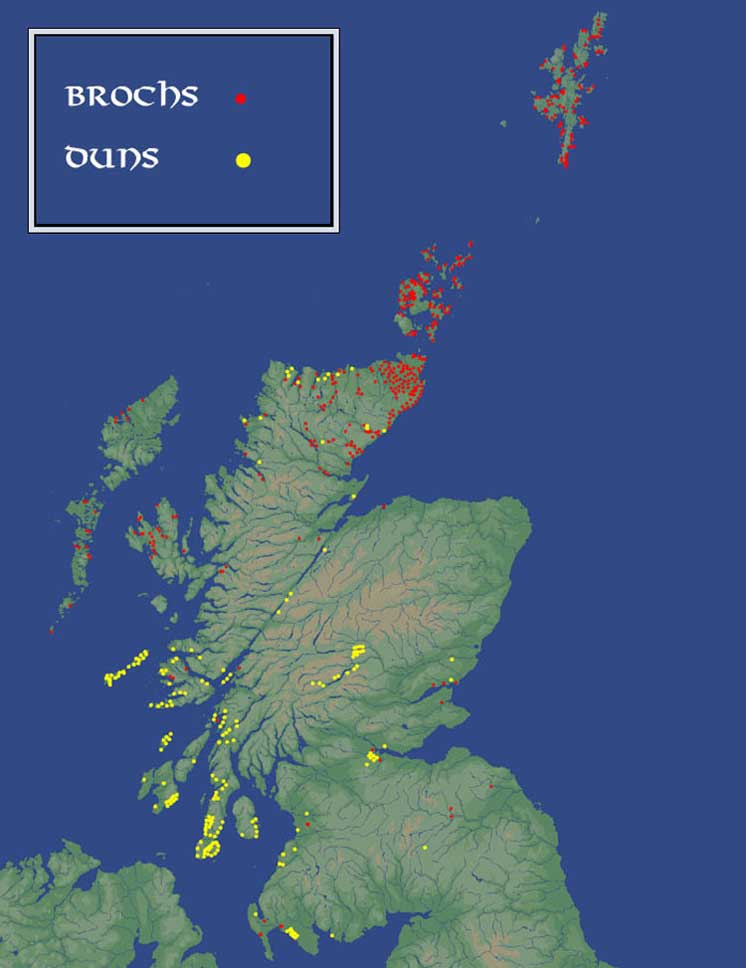

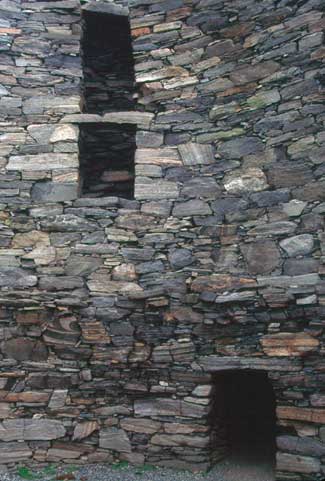

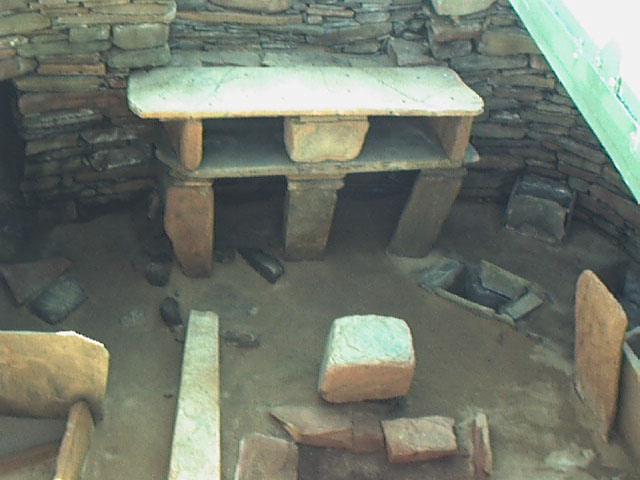
 Reply With Quote
Reply With Quote










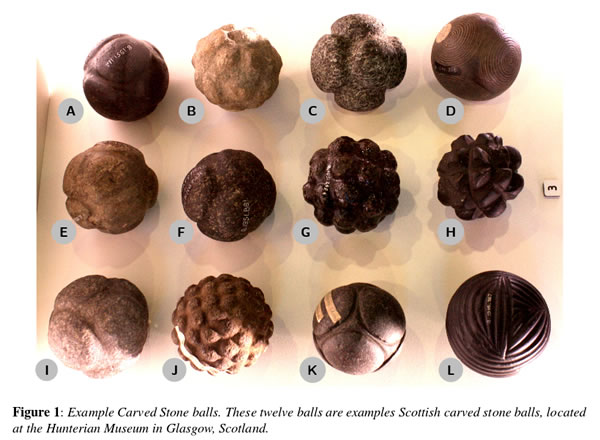








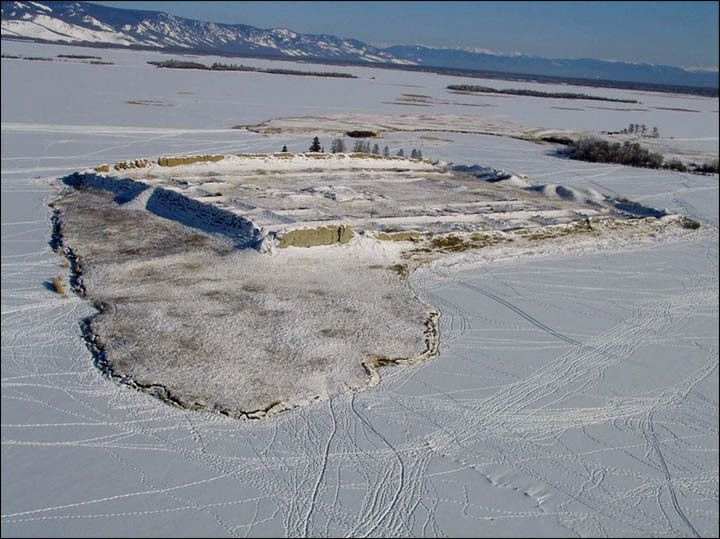


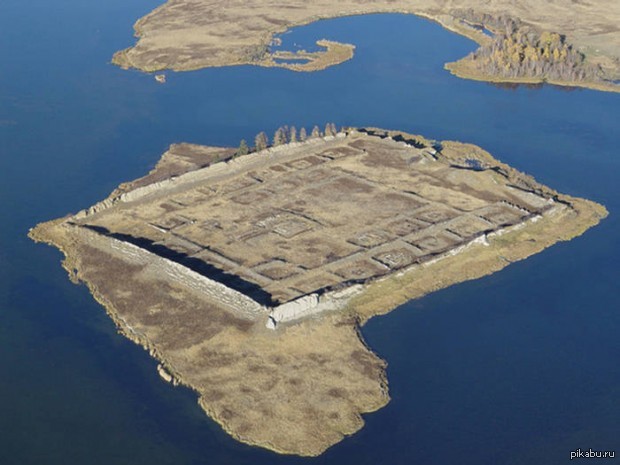






Bookmarks